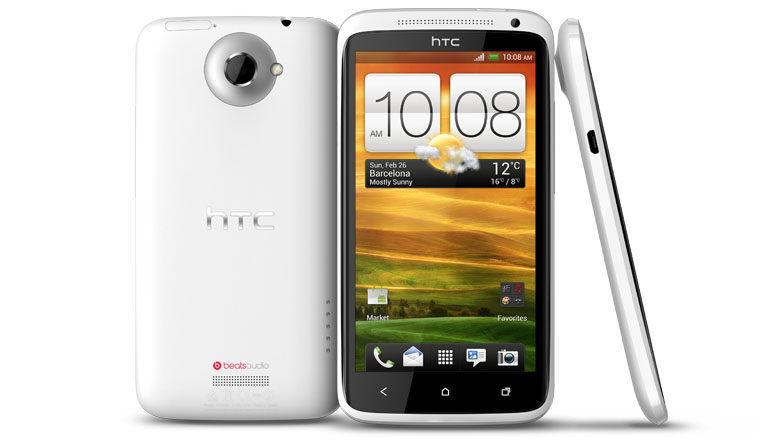TechRadar Verdict
Pros
- +
LTE connectivity
- +
Great screen
- +
Jelly Bean update
- +
Solid camera
Cons
- -
Poor battery life
- -
No expandable memory
- -
No replaceable battery
Why you can trust TechRadar
Despite the fact that HTC didn't have the best year financially, it did manage to create some stellar handsets, beginning with the HTC One X early in the year.
While the HTC One joined the Samsung Galaxy S3 in promoting the benefits of a quad core processor to the specification geeks around the world, it lacked one feature that users were hungry for - 4G connectivity.
HTC's response was to release this handset, the One XL. Available exclusively through Telstra in Australia, the One XL offered practically the exact same experience as the HTC One X, but replaced HSPA connectivity with 4G, while dropping back to a dual-core processor to save battery life.
With an update to Android 4.1 Jelly Bean released for the phone just before Christmas, the One XL has also become one of the most advanced Android smartphones on the market
Combined with its sleek unibody design, which incorporates the stunning 4.7-inch 1280x720 pixel display found on the One X, this handset has stood out as a flagship for Telstra's LTE network.
Design
Given the One XL has an identical appearance to the One X, we could almost copy and paste our review from the 3G handset here and be done with it.
Instead, we'll recap. The One XL has a sleek unibody design that is a testament's to HTC's engineering team. Despite the massive 4.7-inch screen, the phone feels comfortable in the hand.
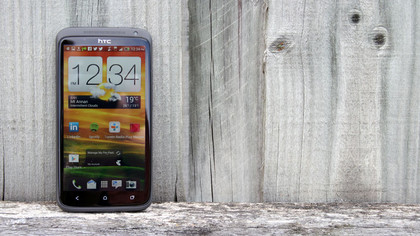
At 129 grams, the handset is nice and light, which is about 20 grams heavier than the iPhone 5. That 20 grams makes all the difference though, as the phone feels solid, rather than underweight.
The 8.9mm thick body is stunningly thin, while the matte finish offers plenty of grip, as opposed to the slippery plastic of Samsung's Galaxy S3.
The One XL's screen is definitely a highlight of the handset, which isn't a surprise as it's the same one used in the One X. The Super IPS LCD 2 technology creates a brilliant picture that offers an abundance of colours, wide viewing angles and responsive controls.
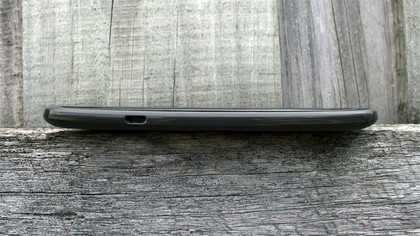
Below the screen are the standard three Android control buttons - home, back and menu. The dedicated real estate on the device for these soft buttons - as opposed to the Xperia TX, for example - is a much more convenient solution for navigating the handset.
Because of the unibody construction, you probably shouldn't expect too much in the way of hardware versatility. There's no replaceable battery and no expandable memory to supplement the 32GB of on board storage.
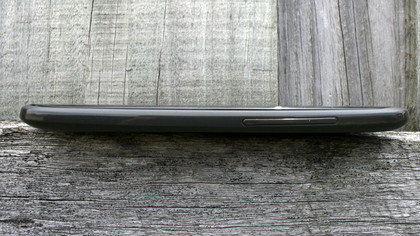
In fact, connections are a pretty basic, standard affair. A single micro-USB port can be found on the handset's left side, while a volume rocker sits on the right.
On the top of the phone, a power toggle, 3.5mm headphone jack and Micro-SIM card slot have taken up residence. The Micro-SIM card slot is of the Apple variety, requiring a dedicated tool (or a paperclip) to open up.
The back of the phone is marked by the presence of an eight-megapixel camera with LED flash. The larger lens actually sticks out on the phone's back like a boil, but given the quality of photos, is a negligible design flaw.
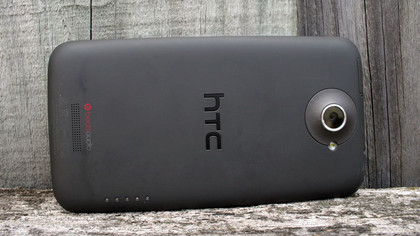
Overall, this is a stunningly crafted handset, just like the HTC One X its design was cloned from.
